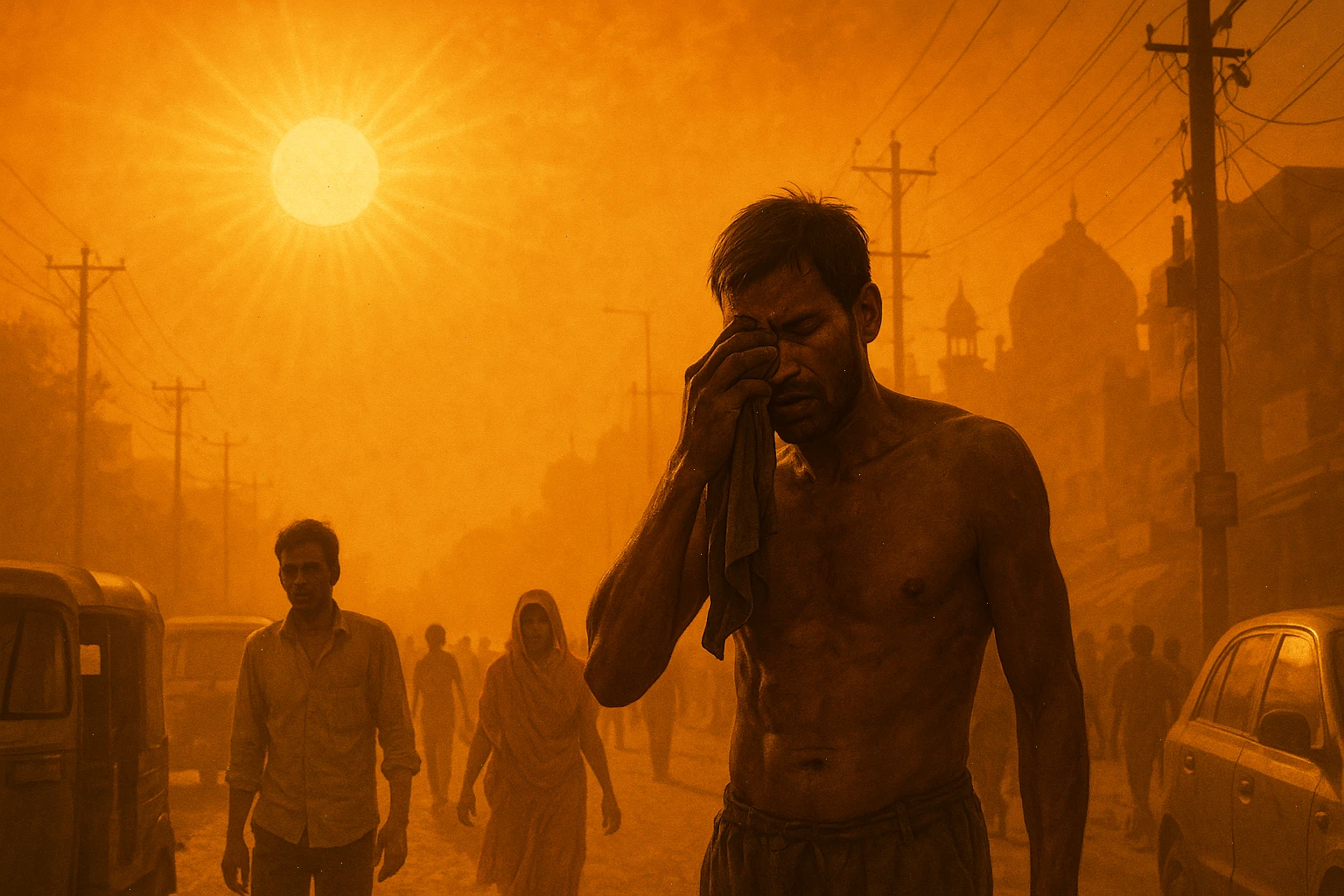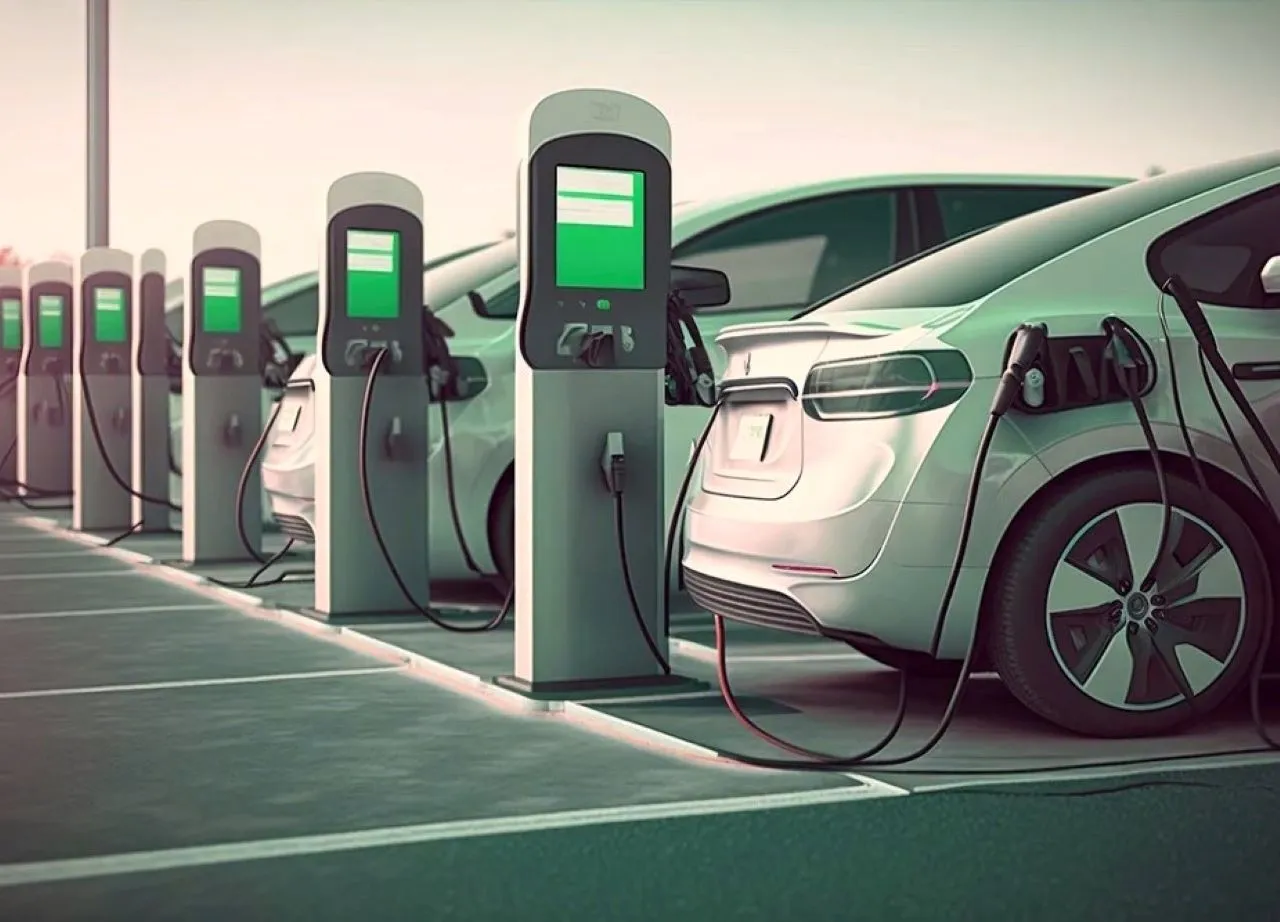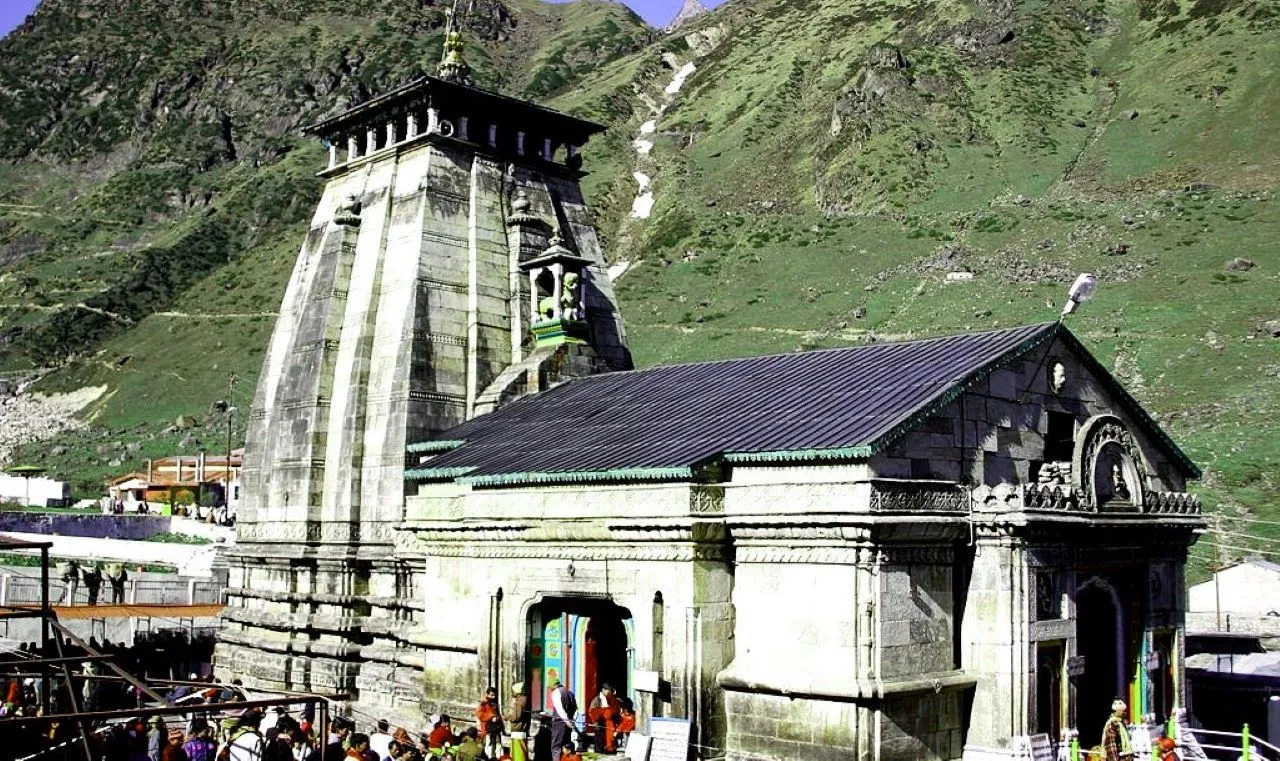Summer 2025 shattered climate expectations. Record-Breaking Temperatures Across the Region.
Record-Breaking Temperatures Across the Region
The summer of 2025 brought exceptionally high temperatures to northern and western parts of India, with multiple regions recording all-time highs. The Rajasthan district of Sri Ganganagar became the hottest place in the country, peaking at 49.4°C (120.9°F). In Jaipur, even early morning temperatures reached 33.6°C, making it one of the hottest mornings in recorded history.
In Delhi, temperatures soared beyond 45°C, prompting India’s weather authorities to issue “Red Alert” heatwave warnings. Combined with deteriorating air quality (AQI hovering around 227), the city faced a double public health crisis.
Heatwave Timeline and Duration
The heatwave began in early April 2025, with western districts like Barmer already reporting 46.4°C temperatures by mid-month. By June, the heatwave had expanded across much of North India, causing persistent high temperatures without the usual nighttime relief.
This prolonged heat event was part of a larger subcontinental heat dome affecting both India and Pakistan, exacerbated by delayed or weak pre-monsoon showers in the northwestern region.
Human Impact and Health Crisis
By mid-June 2025, the extreme weather had taken a significant toll on public health. Reports confirmed over 260 deaths in India due to heatstroke, dehydration, and lightning strikes associated with pre-monsoon thunderstorms. Vulnerable populations—including outdoor laborers, the elderly, and the homeless—were disproportionately affected.
Hospitals in states like Uttar Pradesh, Rajasthan, and Delhi NCR reported a surge in emergency room visits due to heat exhaustion, fainting, and cardiovascular complications.
Government Response and Emergency Measures
Authorities responded by:
- Issuing Red and Orange Alerts in high-risk areas.
- Setting up temporary cooling centers and public water stations.
- Suspending outdoor school and construction activities during peak hours.
- Broadcasting public health warnings across TV, radio, and mobile alerts.
Despite these actions, the intensity and early onset of the heatwave strained public infrastructure, especially in rural and peri-urban zones with limited access to cooling technologies.
Climate Context and Future Outlook
Meteorologists attributed the extremity of the 2025 heatwave to a combination of:
- Global warming trends and rising baseline temperatures.
- Urban heat island effects in major cities.
- Disrupted atmospheric circulation due to late-arriving monsoons in the northern belt.
While southern and central India received early relief through an early monsoon onset (starting May 24 in Kerala), the northwestern plains experienced prolonged arid conditions.
Experts have warned that heatwaves like this may become more frequent and intense, urging cities to invest in climate-resilient infrastructure, enforce green building codes, and strengthen early warning systems.





